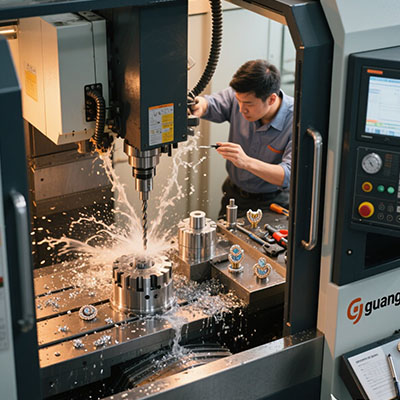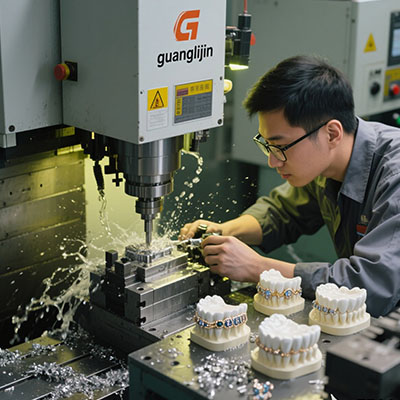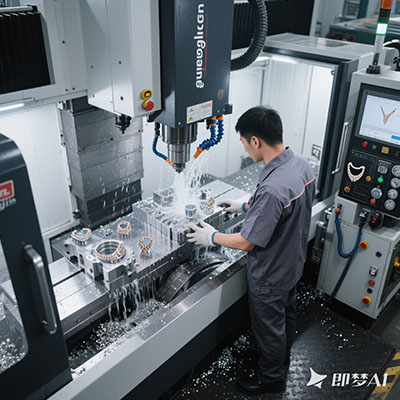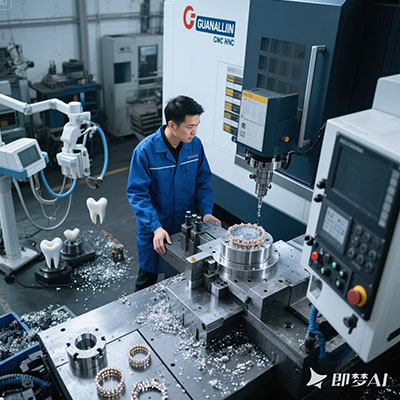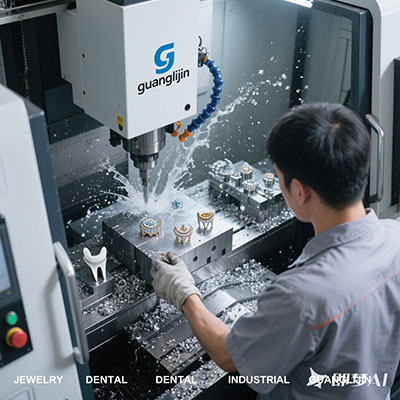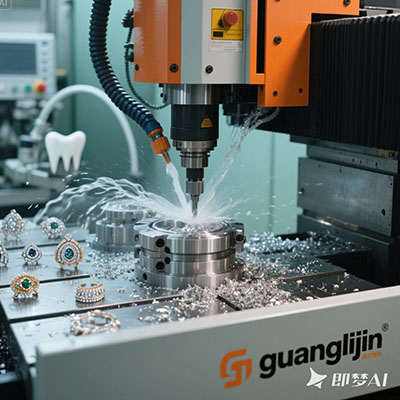Best Casting Jewelry Techniques: Professional Metalworking
The Hidden Challenges of Jewelry Metal Casting
Why do 43% of jewelry startups struggle with quality control? (Jewelry Manufacturing Report 2023). Often, it’s poor casting jewelry techniques causing uneven surfaces and structural weaknesses.
Our workshop discovered this firsthand last year. A client’s silver collection kept developing mysterious cracks. Turns out, their cooling process was too rapid – something easily fixed with proper annealing.
Investment Casting vs. Die Casting: Which Wins?
| Technique | Detail Precision | Production Speed | Ideal Metal |
|---|---|---|---|
| Investment Casting | 0.05mm accuracy | 12-24 hrs/piece | Gold, Platinum |
| Die Casting | 0.2mm accuracy | 5 mins/piece | Silver, Brass |
Surprisingly, investment casting actually becomes more cost-effective for batches under 50 units (Goldsmiths’ Association 2024). The initial mold cost outweighs per-unit savings in mass production.
Professional’s Guide to Flawless Casting
- Model Preparation: Use surgical-grade wax for intricate patterns
- Mold Making: Apply investment slurry in thin, even coats
- Burnout Cycle: Ramp temperature gradually to 700°C
- Metal Pouring: Superheat alloy 10% above melting point
- Finishing: Tumble polish before hand-finishing
Here’s a pro tip: For gold casting jewelry, adding a small amount of palladium (1-2%) dramatically improves flow characteristics without affecting color.
Critical Errors in Jewelry Casting
⚠ Attention: Never compromise on venting channels! Inadequate venting causes trapped gas bubbles – the #1 cause of casting failures in small studios.
Other common mistakes? Using incorrect flask sizes (should allow 15mm investment around pattern) and skipping mold pre-heating. These basic errors account for most beginner frustrations.
Advanced Techniques for Perfect Results
Vacuum-assisted casting removes 90% of porosity issues. Centrifugal casting works better for dense metals like platinum. Interestingly, many jewelers don’t realize their equipment choices limit their metal options.
For those working with alternative materials, titanium casting requires completely different parameters. The crucible alone must withstand 1800°C temperatures!
Pre-Production Checklist
- □ Verify alloy composition matches CAD design
- □ Calibrate temperature controls
- □ Test investment mixture viscosity
- □ Inspect wax patterns under magnification
- □ Prepare quenching solution
Frequently Asked Questions
What temperature should I use for silver jewelry casting?
Sterling silver requires 1640°F (893°C) pouring temperature for optimal flow in lost-wax casting jewelry processes.
How to prevent shrinkage in gold castings?
Proper sprue design and controlled cooling prevent most shrinkage issues in gold jewelry metalworking.
Which casting method is best for delicate filigree work?
Vacuum-assisted investment casting provides the finest detail reproduction for intricate jewelry pieces.
Can I use 3D printed resin models for casting?
Yes, but only specialty castable resins burned out completely at 850°F work for professional casting jewelry production.
